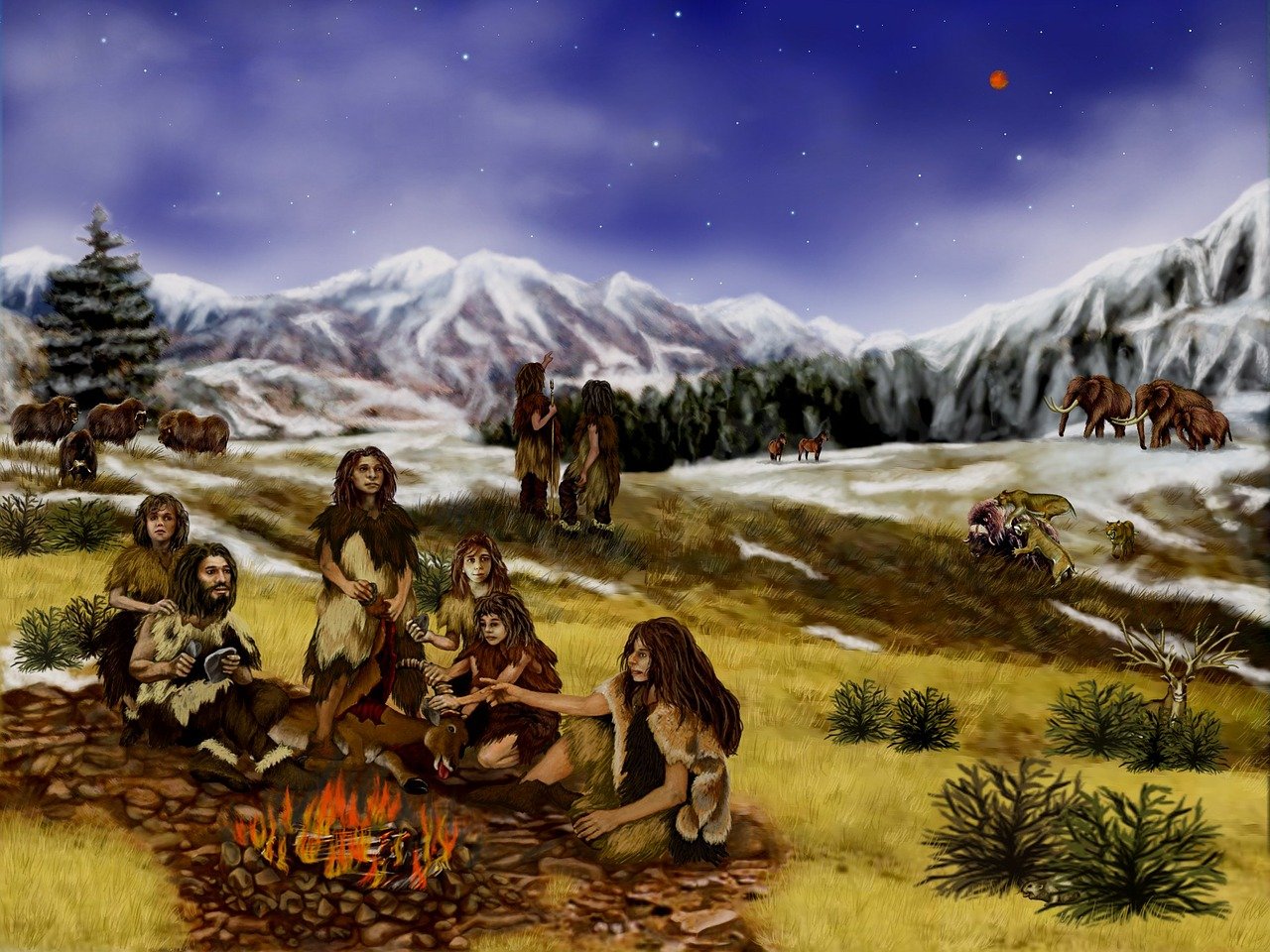Neanderthal genes may protect against severe Covid-19
Over the past year, the variety of patients’ reactions to the coronavirus has puzzled scientists. Many factors that increase the risk of severe symptoms have been characterised: age, sex, ethnicity, BMI, general health, all influence susceptibility to severe Covid-19. Now, a new study has uncovered that Neanderthal genes have also played a role in the Covid-19 pandemic.
A region of our genome believed to protect humans against severe forms of Covid-19 has been inherited from Neanderthals, say Zeberg and Pääbo of the Max Planck Institute for Evolutionary Anthropology. The protective genomic region, also known as a haplotype, is a group of alleles which may help destroy coronavirus RNA. Remarkably, one genetic study has revealed that having just one copy of the haplotype can reduce a person’s risk of needing intensive care for SARS-CoV-2 by 22%.
Neanderthal genes are still responsible for important pathways in the human body today, including […] our reactions to coronavirus
Neanderthals became extinct around 40,000 years ago, but their genes still live on in many humans today. This is due to interbreeding between modern humans and the Neanderthals, a subspecies of humans who lived throughout Eurasia. Some 40,000 to 50,000 years after this interbreeding, people of non-African descent hold between 2-4% of DNA from Neanderthals. Contrastingly, African populations only have around 0.3% of Neanderthal genome in their DNA as Neanderthals never lived in Africa.
Surprisingly, these ancient genes continue to have “widespread and measurable impacts on gene activity”, says Joshua Akey, a geneticist at Princeton University. Neanderthal genes are still responsible for important pathways in the human body today, including our physical variation, risk of psychiatric disease and now, our reactions to coronavirus.
In their genetic study, Zeberg and Pääbo investigated DNA sequences located in Chromosome 12, where it was found that one variant of a haplotype was associated with a large reduction in the severity of coronavirus reactions. By comparing DNA samples of modern humans with DNA taken from 50,000 to 120,000 year-old Neanderthal remains, they confirmed that the protective variant of the haplotype was indeed of Neanderthal origin.
An investigation into how the Chromosome 12 haplotype reduces the risk of a patient needing intensive care identified three key genes that target RNA viruses, OAS1, OAS2 and OAS3. These genes are part of a network that attacks viruses, leading to weaker infections. The gene group encodes oligoadenylate synthetases, proteins that are widely involved in immune systems across the animal kingdom. Oligoadenylate synthetases produce short-chain polyadenylates which activate ribonuclease L proteins, enzymes which destroy double stranded RNA genomes, including the RNA found in coronavirus, weakening the virus’s impact.
Previous studies show that this Neanderthal variant is associated with protection against West Nile Virus, and Hepatitis C infections
But what is so special about the Neanderthal haplotype compared to the modern human equivalent? The Neanderthal variant of the coronavirus-fighting OAS gene is simply a stronger fighter against coronavirus. The researchers point out several key differences between the Neanderthal and modern human proteins; just one variation in a DNA base (a single-nucleotide-polymorphism, or SNP) was found to enhance OAS1 action, increasing its enzymatic activity to a higher level than the modern human-originated allele. Interestingly, this powerful variant probably protected Eurasian people’s ancestors too; previous studies show that this Neanderthal variant is associated with protection against West Nile Virus, and Hepatitis C infections.
Nowadays, the protective OAS haplotype is found in 25-30% of populations across Europe and Asia. Zeberg and Pääbo say that these high frequencies suggest that Neanderthal DNA has conferred evolutionary advantages to modern humans throughout time. In fact, genetic studies reveal that haplotype frequencies in Eurasia increased from less than 10% to 15% between 10,000 and 20,000 years ago.
Zeberg gives one possible explanation: modern humans travelling out of Africa would have met new RNA viruses; humans that had mixed with Neanderthals, thus acquiring the OAS haplotype, would have had a higher chance of surviving epidemics and passing on their Neanderthal genes. Intriguingly, their study also reveals that the OAS haplotype has increased from 20% to 30% in Eurasians in the past 3000 years. This suggests that natural selection may have favoured the Neanderthal allele in the past millennium… is it possible that we could see a similar increase during this pandemic?
If Eurasian populations have high frequencies of the protective allele, does this mean that they are less likely to die from coronavirus? It’s possible, but SARS-CoV-2 is a complex virus. This Neanderthal allele may be protecting certain populations, however there are thousands of other genetic and socio-economic risk factors associated with Covid-19. Future genetic studies may help us develop a deeper understanding of reactions to coronavirus across the globe and strengthen the knowledge of Neanderthal influence on modern humans.

Comments